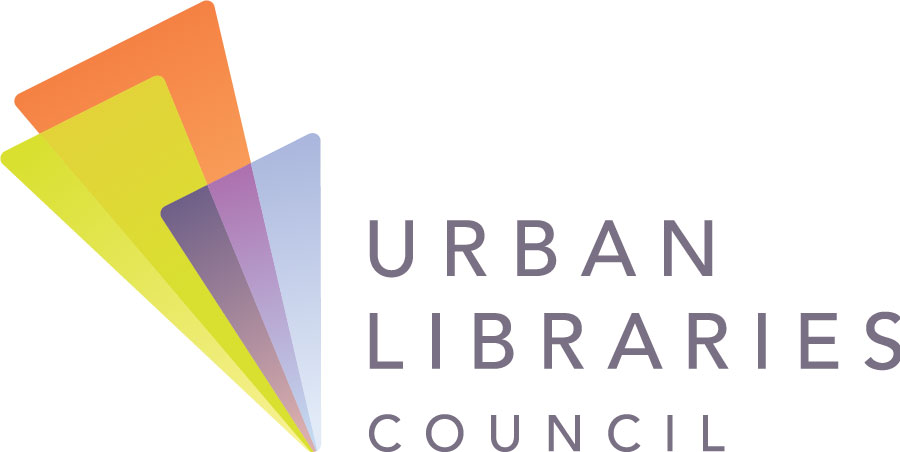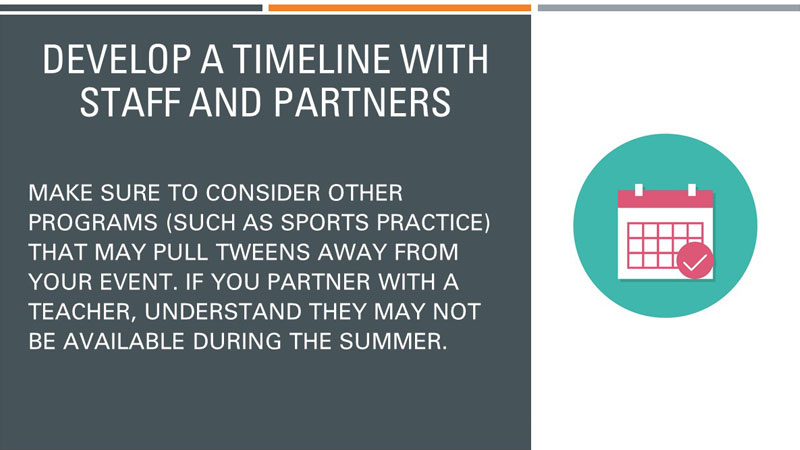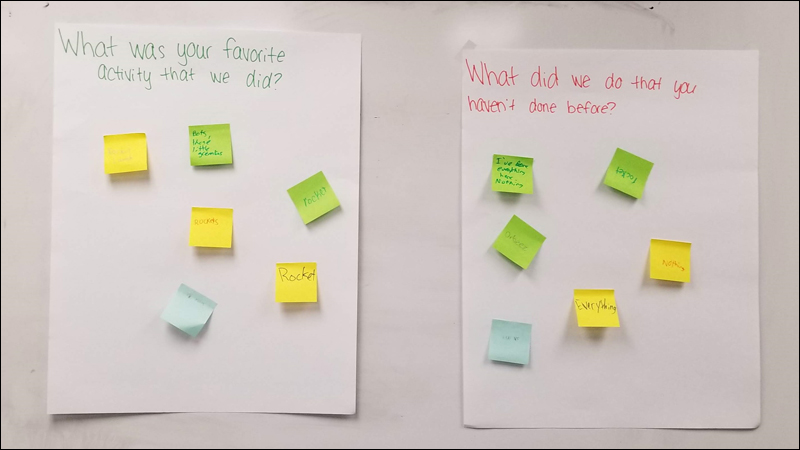How to Create a STEM Program for Tweens

Lessons Learned from the Partners for Middle School STEM
Through the Partners for Middle School STEM initiative, 10 public library systems built multi-sector community partnerships to increase science, technology, engineering, and mathematics (STEM) learning opportunities for underserved youth, ages 10-13.
Their pilot programs revealed important aspects to consider when engaging tweens in STEM, which are explored here.
Participating Library Systems
- The Public Library of Cincinnati and Hamilton County, OH
- Hartford Public Library, CT
- Gwinnett County Public Library, GA
- St. Louis County Library, MO
- Prince George’s County Memorial Library System, MD
- Algona Public Library, IA
- Chicago Public Library, IL
- Pioneer Library System, OK
- Durham County Library, NC
- Mount Vernon City Library, WA
Popular STEM Activities for Tweens
- Ozobot Activities and other programmable tools such as Bloxels and Cozmo Robots
- Soda Straw Rockets
- Daylight in a Bottle
- Edible Destruction
- Touchdown

The Urban Libraries Council and the Space Science Institute’s National Center for Interactive Learning partnered on the Partners for Middle School STEM project. HG&Co provided evaluation. This initiative was made possible in part by an Institute of Museum and Library Services Leadership Grant (LG-95-18-0025-18).




